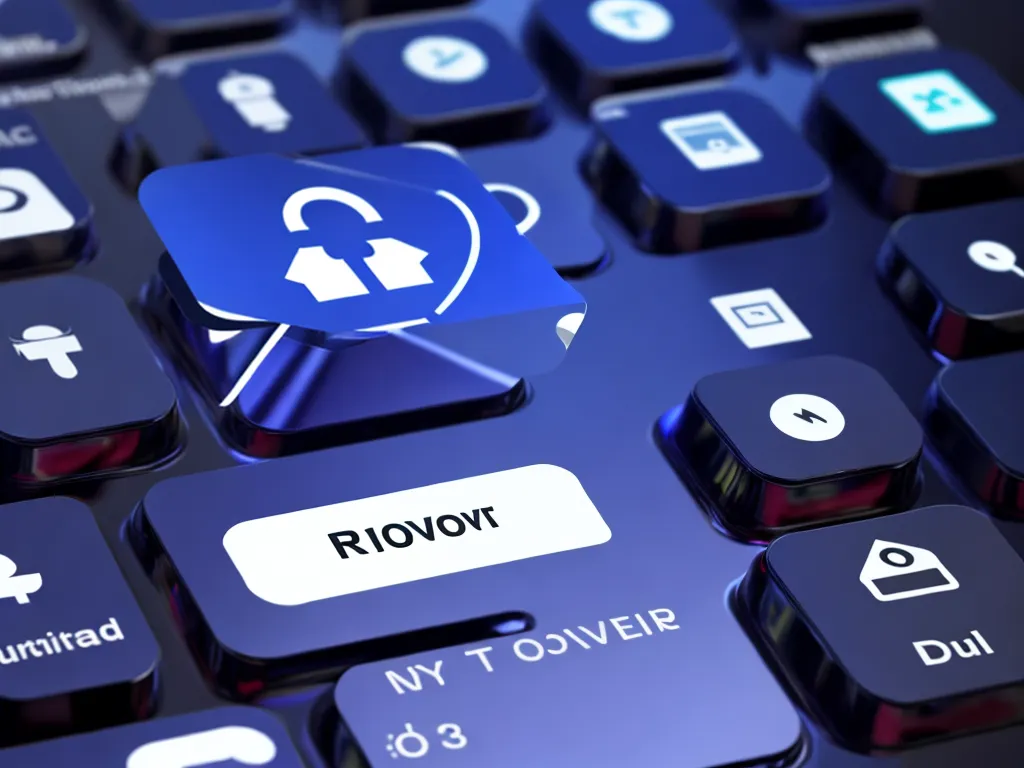
Introduction
Having your photos become corrupted or deleted due to a virus can be extremely upsetting. As we capture more memories digitally, these photos become invaluable records of our lives. Thankfully, even if a virus has attacked your device, you are not necessarily out of luck when it comes to recovering your photos. There are several actions I can take to attempt to rescue my precious pictures.
Back Up Photos Regularly
The best defense against losing photos to a virus is to regularly back them up. I should be backing up my photo libraries to an external hard drive or cloud storage on a weekly basis. This ensures I have a copy I can restore from if my working library becomes corrupted.
Some good options for backing up my photos include:
-
External hard drive: I can easily connect an external HDD to my computer and use backup software to copy my photos folder over. This creates a physical backup I can restore from if needed.
-
Cloud storage: Services like Google Photos, Dropbox, and iCloud allow me to automatically back up my photos to the cloud. This protects me if my local storage is compromised.
-
Dual SD card slots: My camera may have two SD card slots. I can use these to simultaneously save every photo to two cards for redundancy.
Regularly backing up my photos is the best way to avoid losing them to a virus. I should manually copy photos over to a backup destination or set up automated cloud syncing.
Disconnect Infected Device and Run Antivirus Software
If I discover my device has been infected by a virus, the first steps are to disconnect it from any networks and run a thorough antivirus scan. Remaining connected risks spreading the virus further or exposing my photos to additional corruption.
I should disconnect my infected device from any wired or wireless networks. I can then boot it into safe mode before running a full system antivirus scan. Safe mode loads only essential drivers and services, preventing viruses from loading.
Some top antivirus programs to use in 2024 are:
-
Bitdefender Antivirus Plus – Offers real-time monitoring and ransomware protection.
-
Kaspersky Internet Security – Includes webcam protection and file recovery tools.
-
McAfee Total Protection – Has a password manager and parental controls.
After a full antivirus scan, I may be able to clean up the virus damage and regain access to my photos. Running antivirus software in safe mode maximizes its effectiveness.
Use Data Recovery Software
If my photos have become corrupted or deleted due to a virus, specialized data recovery software may be able to restore them. These tools scan your storage devices and reconstruct damaged or erased files.
Some excellent photo recovery programs I can use are:
-
Stellar Photo Recovery – Works with memory cards, hard drives, and most file types.
-
Disk Drill – Offers free photo previews and recovers multiple file formats.
-
PhotoRec – A free, open source option supporting major operating systems.
To use these tools, I will connect my storage device to my computer and scan it with the recovery software. I can preview located photos before deciding which to restore. The process may take several hours for a large device.
Send Device to Data Recovery Service
For extreme photo loss from viruses, I may need to turn to a professional recovery service. These experts disassemble devices in a sterile lab environment to physically access the memory components.
They can read low-level data that consumer software can’t access. This gives them a better chance of recovering destroyed or encrypted photos.
Some respected data recovery services I can send my device to include:
-
Kroll Ontrack – Offers remote and in-lab recovery worldwide.
-
Secure Data Recovery – Has class 100 cleanroom facilities across multiple continents.
-
Gillware – Provides free evaluations and pricing for recommended solutions.
These services aren’t cheap, often costing $500 or more. However, they can recover photos when all else fails. Mailing your device in may be worth it for irreplaceable images.
Avoid Suspicious Links and Sites
The best way I can prevent viruses from attacking my photos is to avoid suspicious links and websites. Phishing emails and malicious downloads are common infection points.
I should be cautious when:
-
Opening email attachments or clicking links from unknown senders.
-
Visiting unauthorized download sites with cracked software or pirated media.
-
Accessing sketchy steaming platforms which spread malware.
-
Downloading programs outside reputable app stores.
Practicing good security habits goes a long way in keeping my devices virus-free. I should keep software updated and use trusted anti-malware tools as well. Avoiding infection in the first place keeps my photos safest.
Conclusion
A virus infection threatens irrecoverable damage to precious photos. However, through proper backups, antivirus scanning, data recovery software, professional services, and safe browsing, I can restore my pictures even after an attack. Implementing regular backups is the most crucial precaution to preserve my memories. But should disaster strike, these recovery methods can help reclaim my lost photos. With the right preparation and response, I can defend my photos against malware now and into the future.












